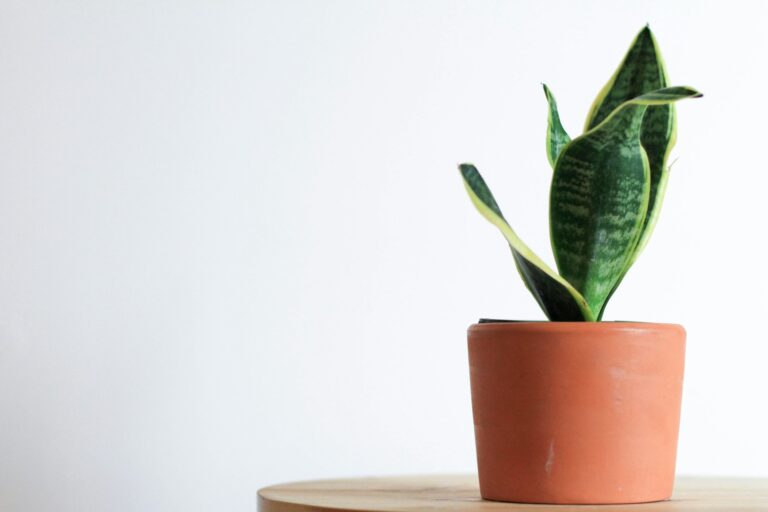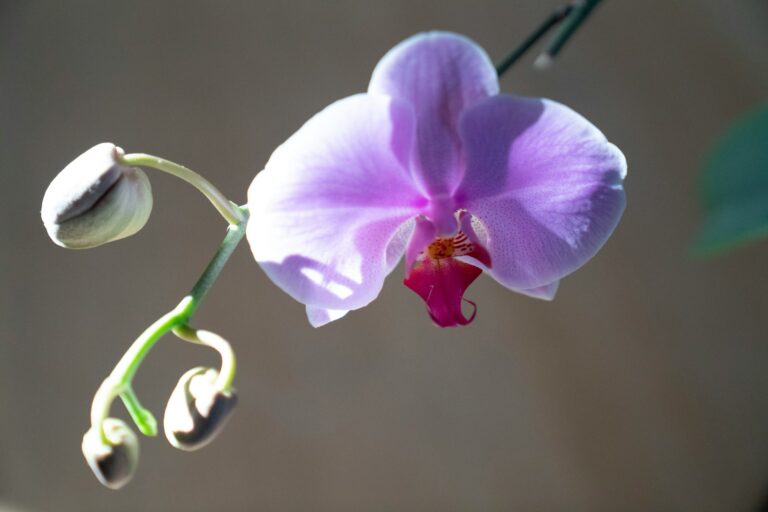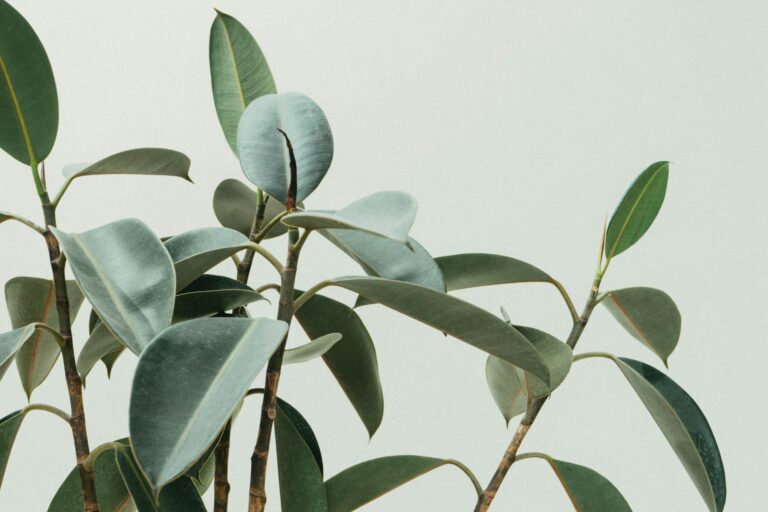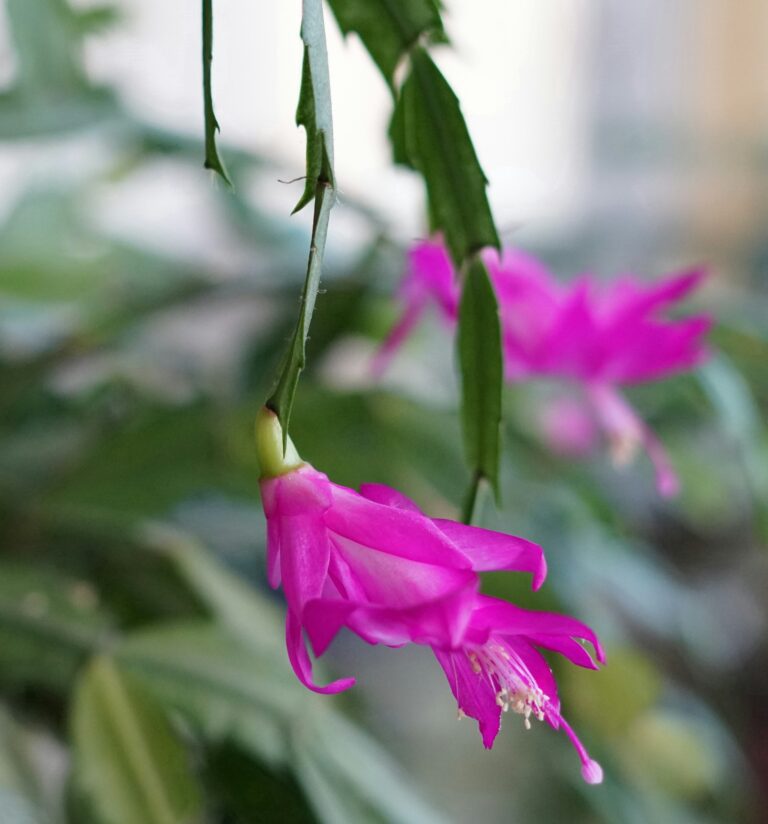If you’re a plant parent, you know how heartbreaking it can be to watch your beloved plant wither and die. One of the most common plants that people struggle to keep alive is the Hoya plant. If you’re wondering why your Hoya plant is dying, don’t worry, you’re not alone.
There are several reasons why your Hoya plant might be struggling. One common issue is overwatering. Hoya plants are sensitive to excess moisture, and their roots can rot if they sit in water for too long. Another issue is inadequate light. Hoya plants need plenty of bright, indirect light to thrive. If your plant isn’t getting enough light, it can become weak and leggy, and its leaves may turn yellow and drop off.
If you’re concerned about the health of your Hoya plant, there are steps you can take to help it recover. By identifying the cause of the problem and making adjustments to your care routine, you can give your plant the best chance of survival.
Signs of Dying Hoya Plant
When a plant has problems, it shows signs on the leaves. If you are keen on caring for your plant, you should see them once they appear on the leaves. Through these signs, you can guess the problem affecting your plant. Here are some signs to look out for:
Yellowing Leaves
If you notice that the leaves of your hoya plant are turning yellow, it could be a sign that the plant is not getting enough water. In some cases, yellowing leaves could also be a sign of a pest infestation or a disease. Check the soil moisture level and inspect the plant for any pests or diseases.
Wilting Leaves
If the leaves of your hoya plant are wilting, it could be a sign of underwatering or overwatering. Check the soil moisture level and adjust your watering schedule accordingly. Wilting leaves could also be a sign of a pest infestation or a disease.
Brown Spots on Leaves
If you notice brown spots on the leaves of your hoya plant, it could be a sign of a fungal or bacterial infection. Remove any affected leaves and treat the plant with a fungicide or bactericide. Brown spots could also be a sign of sunburn or chemical damage.
Common Causes of Dying Hoya Plant
If you are wondering why your hoya plant is dying, there could be several reasons. This section will discuss some common causes of dying hoya plants.
Overwatering
Overwatering is one of the most common reasons why hoya plants die. When you overwater your hoya plant, the roots become waterlogged, and the plant cannot absorb nutrients. This can cause root rot, which will eventually kill your plant. Signs of overwatering include yellowing leaves, wilting, and a mushy stem.
To avoid overwatering, check the soil moisture level before watering your plant. Hoya plants prefer well-draining soil, so ensure that the pot has drainage holes to allow excess water to drain out.
Underwatering
Underwatering is another common cause of dying hoya plants. When you underwater your hoya plant, the leaves will curl and turn brown. The plant will also become dry and brittle.
To avoid underwatering, make sure you water your hoya plant regularly. Hoya plants prefer to be slightly dry between watering, so do not let the soil dry out completely.
Pests
Pests can also cause your hoya plant to die. Common pests that attack hoya plants include spider mites, mealybugs, and scale insects. These pests can suck the sap from your plant, causing it to weaken and eventually die.
To avoid pest infestation, make sure you inspect your hoya plant regularly. If you notice any pests, use an insecticidal soap or neem oil to remove them.
Diseases
Diseases can also cause your hoya plant to die. Common diseases that affect hoya plants include powdery mildew, leaf spot, and root rot. These diseases can weaken your plant and eventually kill it.
To avoid diseases, keep your hoya plant in a well-ventilated area and avoid overwatering. If you notice any signs of disease, remove the affected parts of the plant and treat it with a fungicide.
Poor Soil Quality
Poor soil quality can cause your Hoya plant to die. If the soil is too compact, it can prevent water from draining properly, leading to root rot. On the other hand, if the soil is too loose, it may not retain enough moisture, causing the plant to dry out.
To prevent this from happening, make sure to use a well-draining soil mix that is specifically formulated for Hoya plants. You can also add perlite or sand to the soil to improve drainage. Avoid using heavy soils like clay or garden soil, as they can be too dense for Hoya plants.
Low-Temperature Conditions
Hoya plants are tropical plants that thrive in warm temperatures. If the temperature drops below 50°F (10°C), it can cause the plant to go into shock and eventually die. Make sure to keep your Hoya plant in a warm location, away from cold drafts or air conditioning vents.
Low Humidity Levels
Hoya plants also require high humidity levels to thrive. If the air in your home is too dry, it can cause the leaves to turn brown and fall off. To increase humidity levels, you can mist the leaves with water, place a humidifier near the plant, or group several plants together to create a microclimate.
Pruning
While pruning is essential to keep your Hoya plant healthy, over-pruning can also cause it to die. If you remove too many leaves or stems, it can weaken the plant and make it more susceptible to disease or pests. Ensure to only prune your Hoya plant when necessary, and avoid removing more than 1/3 of the plant at a time.
How to Save a Dying Hoya Plant
If you’ve noticed that your Hoya plant is starting to look a little worse for wear, don’t worry! There are several things you can do to help revive it. Here are some steps you can take to save a dying Hoya plant:
Identify the Problem
The first step in saving a dying Hoya plant is to identify the problem. Some common issues that can cause a Hoya plant to start dying include:
- Overwatering
- Underwatering
- Pest infestations
- Poor soil quality
- Lack of sunlight
Once you’ve identified the problem, you can take steps to address it.
Adjust Watering Habits
If you suspect that your Hoya plant is dying due to over or underwatering, you’ll need to adjust your watering habits. Here are some tips:
- Water your Hoya plant once a week or when the top inch of soil feels dry to the touch.
- Use a well-draining potting mix to help prevent overwatering.
- Make sure your pot has drainage holes to allow excess water to escape.
Treat Pest Infestation
If your Hoya plant is dying due to a pest infestation, you’ll need to take steps to eliminate the pests. Here are some tips:
- Identify the type of pest that’s infesting your plant.
- Use an insecticidal soap or neem oil to treat the infestation.
- Be sure to follow the instructions on the label carefully to avoid damaging your plant.
Repot the Plant
If your Hoya plant is dying due to poor soil quality or overcrowding, you may need to repot it. Here are some tips:
- Choose a pot that’s slightly larger than your current one.
- Use a well-draining potting mix.
- Be sure to gently loosen the roots before repotting to avoid damaging them.
Preventative Measures to Keep Your Hoya Plant Healthy
If you want to keep your hoya plant healthy, there are several preventative measures you can take. Here are some tips on proper watering techniques, regular soil maintenance, and pest prevention.
Proper Watering Techniques
Overwatering can be one of the main reasons why your hoya plant is dying. Ensure you only water your plant when the soil is dry to the touch. You can check the moisture level by sticking your finger into the soil about an inch deep. If it feels dry, it’s time to water.
When you water, make sure you do it thoroughly. Water until the excess water runs out of the drainage holes in the bottom of the pot. This will help flush out any accumulated salts or minerals in the soil.
Regular Soil Maintenance
Regular soil maintenance is also important to keep your hoya plant healthy. Make sure you use well-draining soil that is rich in organic matter. You can also add perlite or sand to improve drainage.
Fertilize your plant every two to three months during the growing season with a balanced fertilizer. Avoid over-fertilizing, as this can damage the roots and lead to plant death.
Pest Prevention Measures
Pests can also be a problem for hoya plants. To prevent pest infestations, ensure you keep your plant clean and debris-free. Inspect your plant regularly for signs of pests, such as webbing, sticky residue, or holes in the leaves.
If you notice pests, treat your plant immediately with an appropriate insecticide. You can also use natural remedies, such as neem oil or insecticidal soap.
Conclusion
In conclusion, there are several reasons why your Hoya plant may be dying. It could be due to overwatering, underwatering, lack of sunlight, pests, or disease. Always identify the root cause of the problem to take the appropriate action to save your plant.
By taking these steps and addressing the root cause of the problem, you can help save your Hoya plant and keep it healthy and thriving.



